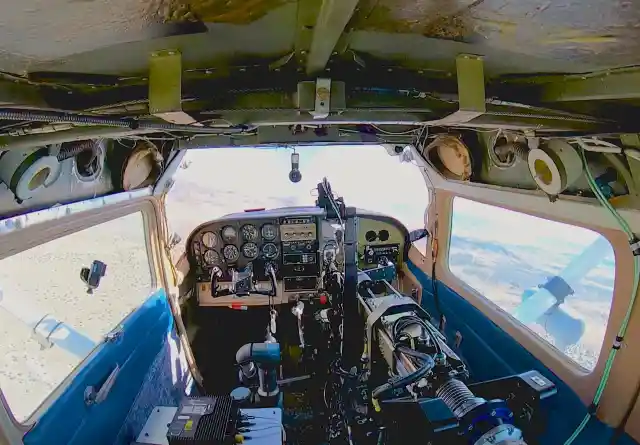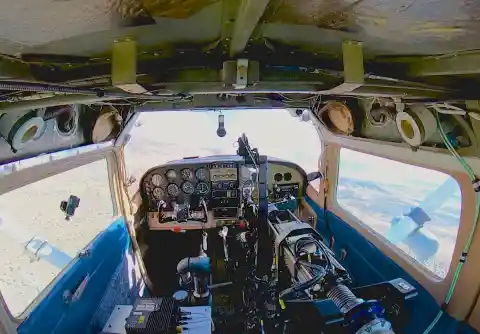#20.Walkie-Talkies
Who hasn't s used one in their childhood? It's the simplest way to communicate with your friends when you were about to launch a detailed plan without your parent's permission. Well, if you haven't realized until now, that was the smartest way we had when there were no smartphones at all. Walkie talkies were the result of a contract granted by the U.S. government to Motorola in 1940 to manufacture the SCR-300, a portable two-way radio carried on the back of a soldier from which the name walkie talkie originated.


#19. Nuclear Power
The idea of nuclear power started in the 1930s when the physicist Enrico Fermi first demonstrated that neutrons could be split atoms. Fermi headed a team that produced the first nuclear chain reaction at the University of Chicago in 1942, under a stadium. Only twice in history,nuclear power has been used in warfare. To end World War II, the U.S. dropped bombs on the Japanese cities of Hiroshima and Nagasaki. Around 300,000 civilian deaths and it was resolved that this dangerous weapon would never be used again.


#18. GPS
Where on earth would we be without the GPS? GPS systems are considerably versatile and can be found in practically any industry sector. The Global Positioning System, or GPS for short, is a daily military tool used by people. The network relies on satellites developed by the Defense Department in the early 1990s. As everybody knows a trustworthy GPS can do much more than get you everywhere you go, it can help keep you on the road.


#17. Satellite
A satellite is an object deliberately put into orbit in the sense of spaceflight. To differentiate these bodies from natural satellites like Earth's Moon, these bodies are called artificial satellites. The Soviet Union launched Sputnik 1, the world's first artificial satellite, on 4 October 1957. By then approximately 8,900 satellites have been launched from over 40 countries. Whether you have satellite television or radio networks, Game of Thrones or Chernobyl transmitting signals come from a satellite in a geostationary orbit about 22,000 miles above the Earth.


#16. Night Vision
"Near-infrared" imaging detectors were developed during the time between WWI and WWII. In 1929, Hungarian physicist Kálmán Tihanyi invented Britain's first infrared-sensitive,night vision, electronic television camera to help antiaircraft operations. Tihanyi also designed the world's first automatic pilotless aircraft.
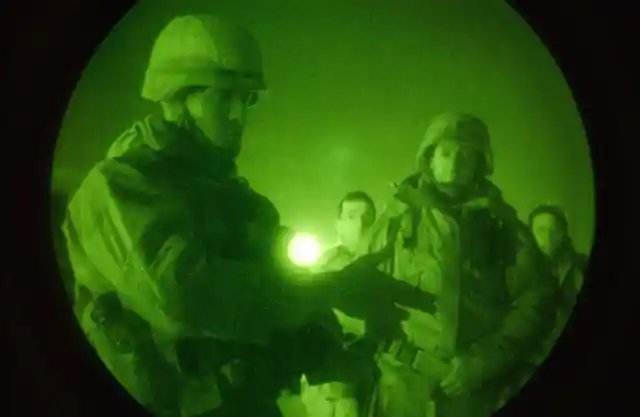
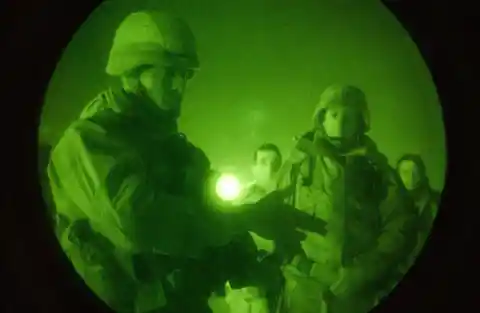
#15. Drones
Amazon has recently announced a new subscription, Amazon Prime air. This latest service uses small drones to carry packages of up to five pounds in 30 minutes or less. Just a few lucky people can use it, but it's a matter of time before Amazon Prime Air is accessible to all. Until the Israeli Defense Forces developed the first modern unmanned aerial vehicles, also known as UAVs or drones, such space-age accomplishments would not be possible. Lighter, simpler, and cheaper than their predecessors, the Israeli UAVs added 360-degree video recording.
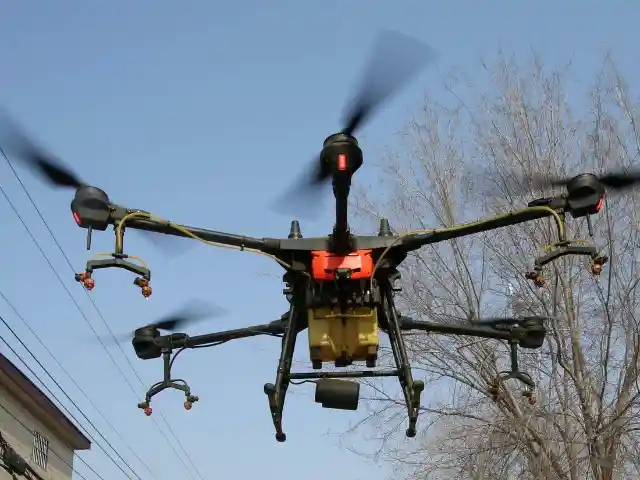
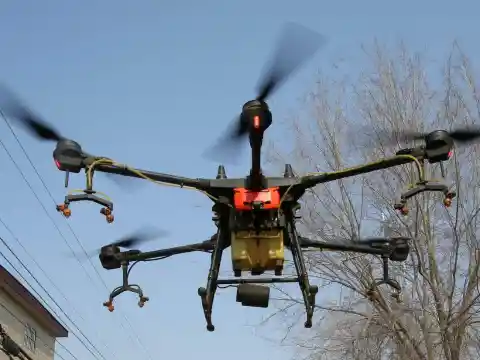
#14. Tomahawk Missiles
Tomahawk Missiles are ideal for hitting surface targets because of their long-range and low-altitude flying capability. The rockets, which were first used operationally during Operation Desert Storm, using accurate precision. if they are guided by an advanced navigation system, they can be steered to their targets from afar. Each Tomahawk missile cost about $832,000.

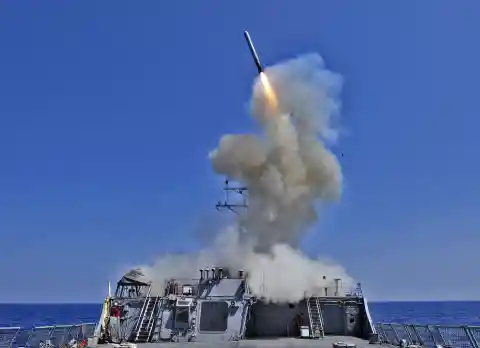
#13. PlaySight Court Smart
A group of retired military buddies took their skills in top-secret weapons and combat simulators and adapted them for tennis purposes. Based on advanced 3D visualization technology and techniques used to train fighter pilots, their company, PlaySight, created the Smart Court system.The system offers automated visual feedback of a tennis match based on events in real-time to revolutionize the coaching process in all ball sports.


#12. Microwave Ray Gun
Focused microwaves can directly implant sounds into a person's brain, bypassing the eardrums and making earplugs futile protection against the new age device.A handheld remote control rotates the antennas as required in all directions providing 360-degree protection against drones. The firing mechanism and complete control of the device are run from a laptop.
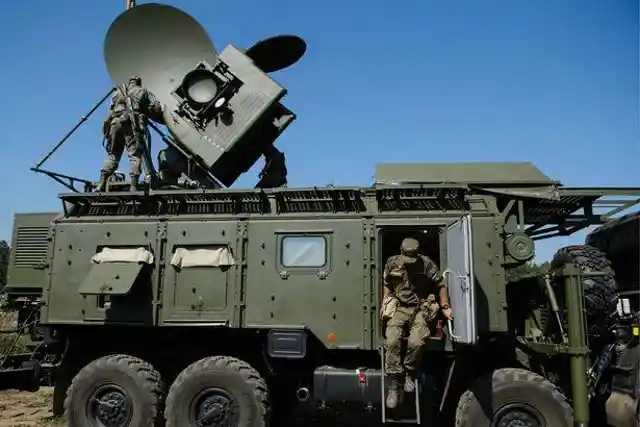
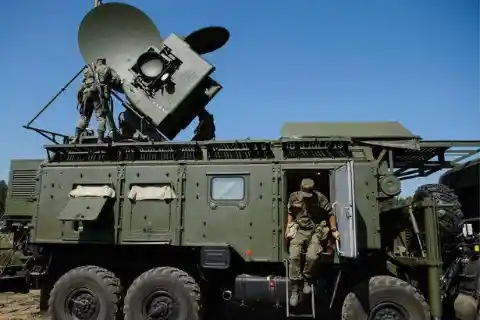
#11. Space-Based Laser
There are already international agreements that forbid the militarization of space. But don’t expect lasers in space anytime soon, with the US administration official saying nothing has been determined, only that “we’re going to study it and we’ll see whether or not it's feasible." Note that US Defense officials have sought $304 million to finance next year's research into space-based lasers, particle beams, and other emerging forms of missile defense. And it could become a tremendous deal in the years ahead!


#10. Fly-Bot
The United States Air Force experimented on remotely operated miniature robots that mimic a flying insect. The goal was to build a bird-like drone that would actually flap its wings in order to prevent enemy forces from being able to detect the spies during surveillance operations. The aviator has complete drone command and can steer it into groups of real insects to hide while streaming a live feed into the control center.
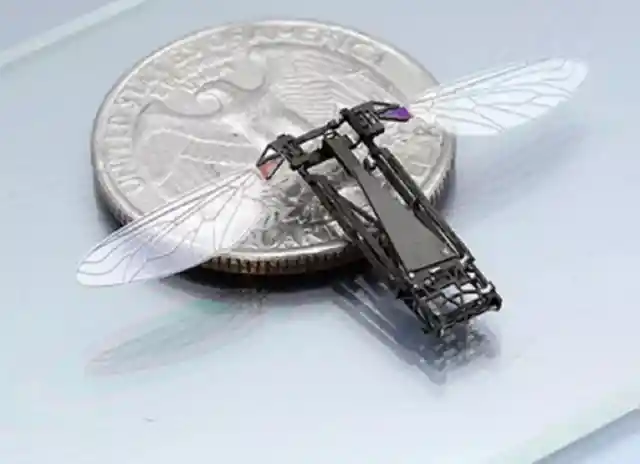
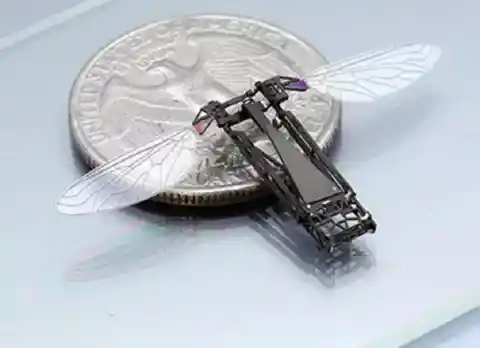
#9. Through-Wall Vision
With this technology, you would be able to know everything that it's going in your home. A bit creepy, huh?. The radar-based devices use 3D image reconstruction algorithms, patented signal processing techniques, and a unique proprietary sensor to generate 3D images of objects concealed behind cement, concrete, bricks, granite, or wood. The product line ranges from surveillance cameras with advanced radar technology to a handheld system for search and rescue personnel.


#8. Smart Contact Lenses
The Defense Advanced Research Projects Agency (DARPA) is reportedly interested in the contact lens to augment troops’ visual capabilities in the field, according to Task and Purpose. This technology would be the first stand-alone contact lens with a flexible micro battery. The military is looking to use this device for recognition purposes. Even tech giants like Microsoft are nevertheless interested in smart contact lenses


#7. Sonic Weapon
China created the world's first portable sonic gun to suppress riots. The rifle-shaped instrument, created jointly with military and law enforcement authorities, is designed to disperse crowds using concentrated low-frequency sound waves. The biological effect of the device would cause severe pain in the stomach, liver, and brain, scientists claimed.
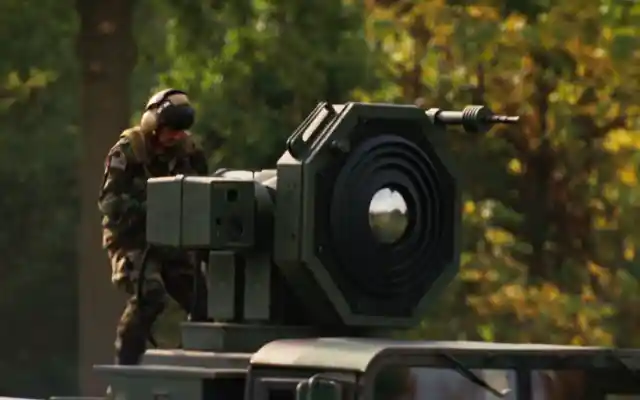
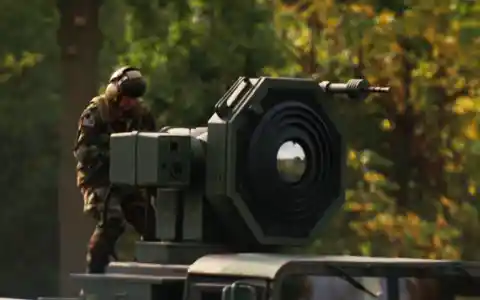
#6. Armored Military Truck
China unveiled at the Beijing Civil-Military Integration Expo 2019, a new armored vehicle capable of firing 12 suicide drones to launch target attacks and perform reconnaissance operations. It has a top speed of 125kmph and can adjust to the diverse demands of highly mobile troops. Global Times reported that the vehicle would work in tricky terrains like jungles and mountains.
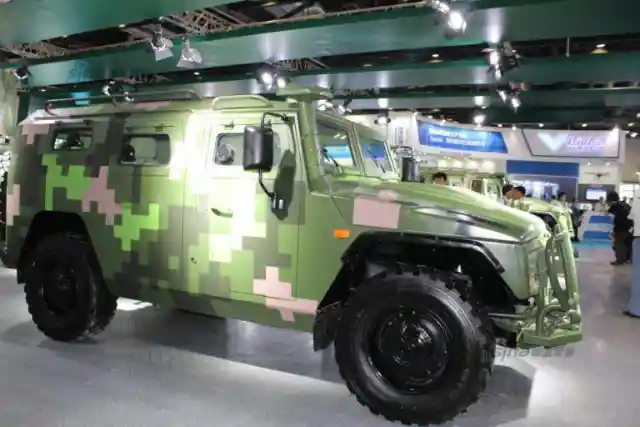

#5. Marine Lizard
China develops the world’s first armed amphibious drone boat. In ship form, the 12-meter-long Marine Lizard is propelled by a diesel-powered hydro-jet, it can reach a maximum speed of 92.60 kph while maintaining secrecy. Also, it has an operation range of 1,200 Kms and can be remotely controlled via satellites. This drone ship can release four tracks units hidden under its belly for better results under the enemy line.


#4. Talking Lasers
Rather of beaming a blinking light or shouting over a loudspeaker to keep people away from endangered areas, modern technologies being developed could concede troops to fire a laser that could form a "plasma ball" that speaks to potential intruders.With ample laser bursts fired at the appropriate frequencies, the plasma vibrations will actually mimic human speech.


#3. 5P- 42 Filin
The 5P-42 Filin, eagle owl, is a Russian electro-optic countermeasure device for the Russian Armed Forces developed by Roselectronics. The device is designed to interrupt nighttime eyesight of enemy combatants and prevent them from attacking a secure site. In addition, it can also block night vision devices, laser rangefinders, anti-tank missiles, and other electro-optical vision systems. According to reports, this device can cause hallucinations, blindness and vomiting, according to reports.


#2. Emergency Bandage (a.k.a. Israeli Bandage)
Before the invention of the Israeli emergency bandage in 1998, wounded soldiers were advised to find a rock and place it on top of the hemorrhaging wounds to maintain intense pressure. That doesn't sound good, doesn't it?. The Emergency Bandage was invented by retired military medic Bernard Bar-Natan, considered a vital element in first aid kits across the world. The breakthrough is an integrated pressure bar designed to stop bleeding.


#1. ROBOpilot
Unmanned aircraft are the future of military aviation, reducing the risks of challenging flights and hazardous operations to human pilots. ROBOPilot is a mutual collaboration between Laboratory for Air Force Research and DZYNE Technologies. The device is designed to test the idea of adapting civilian aircraft to use with drones without requiring meaningful adjustments to the aircraft.
